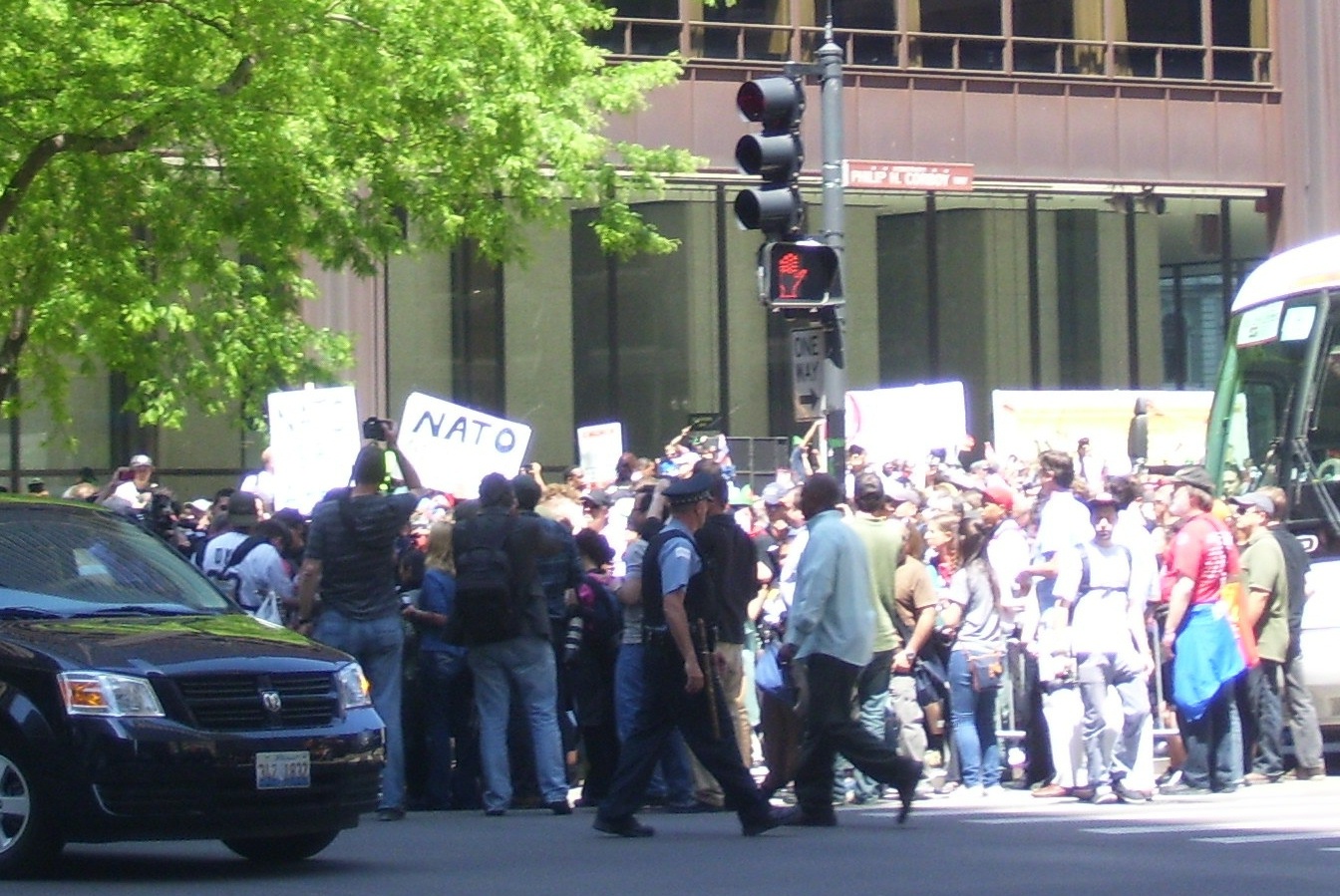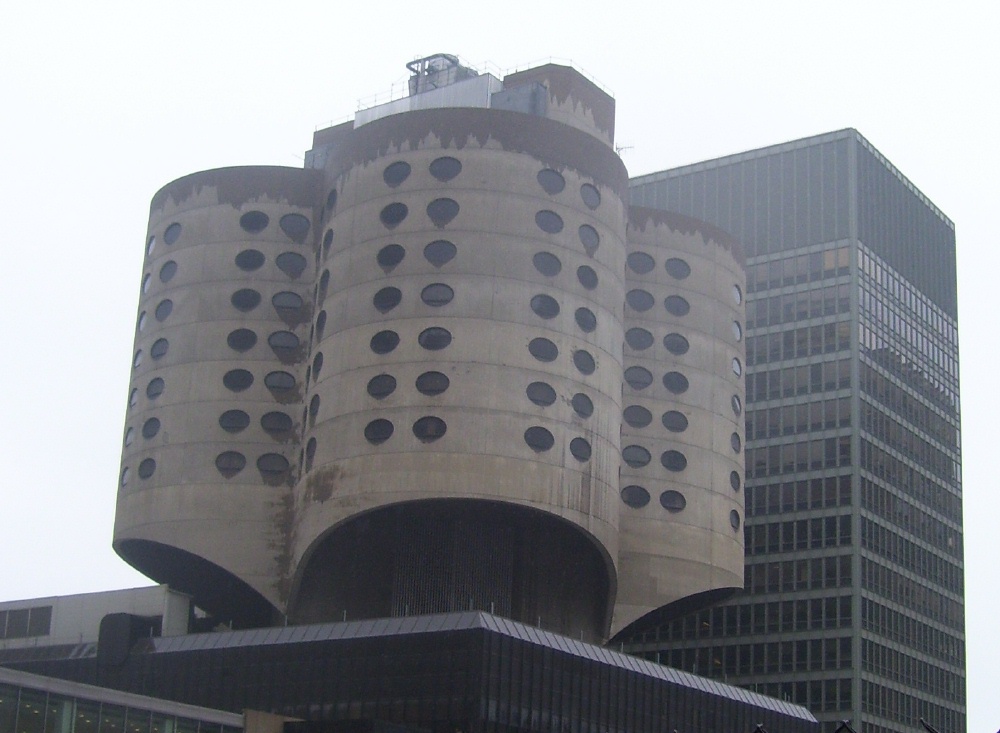The Evolution of the Occupy Movement
Whatever else its participants may or may not have accomplished, the Occupy movement has changed the national conversation from austerity cuts and deficits to acknowledging injustice and resolving financial and social inequality. What began as a loosely organized string of gatherings has evolved to address issues ranging from Wall Street reform to cuts in mental health care.

Another injustice that Occupy has been speaking out against has been the ongoing housing and foreclosure crisis. In conjunction with this cause, and as an adjustment to forcible removal from public spaces by law enforcement, the movement has evolved to Occupying abandoned properties and homes of families facing foreclosure as an act of civil disobedience. For instance, in Chicago, a coalition between the Chicago Anti-Eviction Campaign and Occupy Our Homes recently set a goal of renovating 100 abandoned homes for homeless families and households here in the city.
Outlining the Proposal
As I observed this phenomenon, I started thinking about how ironic and ridiculous it is that there are properties standing empty while families and individuals are homeless. I began to consider what would be involved in Occupying vacant and abandoned buildings – legally – as affordable housing for homeless families and individuals or for households caught up in the housing crisis. I submitted a proposal for a presentation for the 2012 Chicago Green Festival with the working title “Sustainability and Affordable Housing: Maybe Occupy Is Onto Something.”
I began drafting an outline of the logistics involved in creating a public-private partnership between governments, social service agencies, financial institutions and even would-be residents. The list below represents some of the elements that (in my opinion) would be necessary to make a plan like this happen.
- Collaboration between city governments, social service agencies and local communities to match Chicago-area families and individuals who need housing with vacant housing stock
- Development of a network of mortgage lenders and rental assistance resources to assist households in affording rents or mortgages
- Recruitment of building and construction companies to provide needed retrofits and repairs to structures not fit for habitation
- Provision of support services such as employment assistance and financial counseling to individuals and families after placement in their new homes

It seems tragically ironic that homes in perfectly habitable condition stand empty while people are facing foreclosure and homelessness. Photo credit — Audrey F. Henderson, all rights reserved.
Existing Precedents
Admittedly, this list represents a blue-sky proposal that may seem totally out of reach. However, Chicago has a demonstrated history of taking on major projects and of accomplishing enterprises that require public-private cooperation. The ongoing Plan for Transformation being conducted by the Chicago Housing Authority has tasked itself with nothing less than relocating all of its residents from isolated and often dilapidated public housing complexes into economically integrated developments and rehabilitated public housing units, while providing relocated residents with wrap around social services. Millennium Park, a jewel located on the lakefront in the heart of downtown Chicago, represents what the determined collaboration of public-private projects can accomplish.
There is also precedent for similar programs outside of Chicago that have focused on restoring abandoned structures for much-needed affordable housing or restoring homes to distressed homeowners. In Boston, New York City, San Diego, Richmond and Portland, Oregon collaborative arrangements between municipalities, social service agencies, and in some cases, hardworking individual households were able to transform vacant properties into viable affordable housing or to allow homeowners facing eviction or who had been evicted to remain or return to their homes. The programs are listed below:
- Richmond, Virginia Neighborhoods in Bloom Initiative
- Portland, Oregon Smart Growth and Affordable Housing
- San Diego Strategic Framework Process
- Project No One Leaves – Boston
- Urban Homesteading Assistance Board and Lower East Side People’s Homesteading Coalition – New York City
The programs in Richmond, Portland and San Diego focused on revitalizing vacant properties. In New York, the program was initially an Occupy-type operation where residents performed a lot of repair work on properties to which they were not legally entitled to live, however, the program eventually gained the blessings of the city. Boston’s innovative program involved purchasing foreclosed homes and allowing the former owners to repurchase the homes, often for much lower monthly payments than the residents had previously been required to pay.
Chicago: Identifying Needs and Challenges

However, I was unable to find information about a similar program in Chicago, although housing activist movements such as the Contract Buyers League existed in the Windy City decades before Occupy came into existence. It isn’t that the need for such a program doesn’t exist. Chicago has been hit hard by the ongoing recession and housing crisis. Neighborhoods with high poverty rates were hit especially hard, as the first graphic, Communities In Need, adapted from the Vacant and Abandoned Property Finder: Chicago website, developed by Derek Eder, illustrates.
In addition, many vacant properties are located in wards where there are high rates of poverty, as the second graphic, Vacant Property Locations, also adapted from the Vacant and Abandoned Property Finder: Chicago website illustrates. Many of the vacant properties on this chart represent foreclosed homes. While this phenomenon reflects the fact that these areas have been disproportionately affected by the foreclosure crisis, it also means that available housing is potentially available precisely where it is needed most.

A major challenge to enacting such a proposal is the fact that a lot of vacant properties have been allowed to deteriorate to the point that they are uninhabitable. Evidence suggests that lenders may allow deterioration to occur to a greater extent in foreclosed properties in poor neighborhoods or in neighborhoods inhabited primarily by people of color. That said, the deterioration problem may potentially decrease as a result of two pieces of recently enacted legislation: a City of Chicago statute passed in July 2011 and revised in November 2011, and the Cook County Vacant Building Ordinance, passed in February 2012. Nonetheless, many vacant properties would need extensive work done by professionals before they could be safe enough to allow volunteers or intended homeowners or renters

to invest sweat equity in to renovating what would become their homes. Otherwise, the potential for serious legal liability exists.
Another potential roadblock would be the actual acquisition of vacant or abandoned properties. In some instances, properties are vacant because families have been forcibly evicted, but the foreclosure is still in dispute. It’s always preferable to empower families who wish to remain in their homes to be able to do so, and the Legal Assistance Foundation of Metropolitan Chicago is one program that assists families in doing so.
For abandoned properties, or properties where it is impossible for their former owners to retain or regain possession, there needs to be a way to ensure that the properties involved were truly available for sale or rent. A complication in making this determination is the fact that many foreclosures are done by national and international companies. In some cases, bundling and other exotic financial instruments have made it nearly impossible to determine who – or what lending entity – actually holds title to a particular property. Other challenges to implementing a legal Occupy program are outlined below:
- Zoning issues and NIMBY-ism
- Abatement of lead, asbestos, mold and other toxic materials
- Obtaining cooperation from banks and lenders to sell or rent properties
- Coordinating government, business and social service resources
Occupying Non-Residential Properties
Another issue promoted by the Occupy movement is resolving economic inequality. While relocating families and individuals within their own neighborhoods if they desire to stay is often beneficial, it’s also important to promote economic integration wherever possible by allowing families and individuals to relocate away from areas with high poverty levels. This idea is a major driving force behind the creation of mixed income communities developed by the CHA through its Plan for Transformation.
Other opportunities to promote economic integration exist by Occupying vacant non-residential structures that may lend themselves conversion to housing stock. The term “grayfields” has been used to describe such structures. Unlike brownfields that are often contaminated by toxic substances, grayfields may be associated with zoning ordinances that make it a challenge to convert them to residential use. Nonetheless, it’s both truism and truth that it’s more sustainable to reuse an existing building than to build another.

In Chicago, Prentice Women’s Hospital, designed by renowned Modernist architect Bertrand Goldberg, represents a unique potential opportunity to preserve an architecturally significant structure by converting it into a mixed use development that could include affordable housing. Of course, it may not be structurally, logistically or financially feasible to accomplish such a conversion, although the option has been one of many under discussion for the disposition of the vacant hospital building. It would also not be the first architecturally significant building converted to housing in Chicago or elsewhere.
Developing vacant properties like Prentice Women’s Hospital for affordable housing would allow moderate income families to enjoy the amenities of affluent neighborhoods like Streeterville located close to the center city and public transit. And as the H + T Affordability Index developed by the Center for Neighborhood Technology shows, higher prices for housing are somewhat more affordable in areas where there is less need to own or maintain a car.
